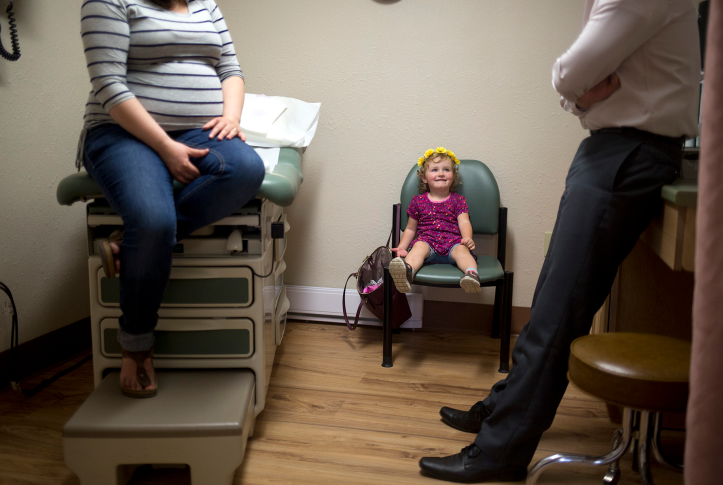Primary care is the foundation of a high-performing health care system — it saves lives, reduces chronic disease burden, and is associated with more equitable health outcomes. High-quality primary care is comprehensive, coordinated, and integrated with other parts of the health system, but providing this model of care requires funding and resources. So far, governments and insurers in the United States have not made this investment.
For decades, the U.S. has underinvested in primary care, spending only 5 to 7 cents of every health care dollar on primary care. Other high-income countries spend 13 cents per dollar. This lack of investment contributes to workforce shortages and lack of consistent access to providers. It is likely also contributing to worse health outcomes for patients.
Over the past two decades, states have aimed to address these issues by increasing their investment in primary care. More than 20 states have done so in different ways, including measuring and reporting on primary care spending, creating primary care task forces, setting spending targets, and mandating increases in spending on primary care.
More Effective Together — Lessons from a State Network
The Primary Care Development Corporation, the Milbank Memorial Fund, and the Commonwealth Fund formed a Primary Care Investment Network composed of policymakers and other stakeholders in 25 states to work on investment in primary care. In its first year, participants explored the following issues:
- Defining primary care. To measure spending on primary care, identify gaps in funding, and track improvements over time, states first must define what settings, providers, and services fall under the category of primary care. Reaching consensus is difficult and the definition has important implications. For instance, if states choose to exclude OB-GYNs from their definition and patients use OB-GYNs as their primary care provider, this group will be unable to benefit from increased investment. With no national definition, each state has been left to come up with its own, creating inconsistency and impeding efforts to understand overall impact. The federal government has recognized the need for national leadership and is developing a recommended definition of primary care, although it is unclear when it will be made available.
- Ensuring accountability. Because the U.S. health care system is fragmented, stakeholders have struggled to consistently access and track data about primary care utilization and spending across payers. Some states have worked to increase accountability and transparency by requiring that health plans report on primary care spending and quality to track progress. Delaware and Rhode Island have both adopted policies that create accountability for primary care spending through measurement and reporting requirements for payers.
- Engaging stakeholders. To build support and commitment for increased spending, it is critical to gain buy-in from a wide spectrum of stakeholders, including patients, providers, and payers. This is challenging, as each group has different priorities and objectives. In some states, government officials, advocates, or third parties have brought these groups together and developed unique messages that resonate with them — for instance, telling payers that increasing investment in primary care can financially benefit them and can benefit patients by keeping them healthier. The Primary Care Investment Coordinating Group of California has been particularly successful at aligning interests across a diverse group of stakeholders to promote primary care investment.
- Evaluating impact. One challenge surfaced by states has been the lack of research on the long-term effects of primary care investment on population health and overall health care spending. A lack of data and difficulty isolating the effect of increased primary care spending, as well as inconsistency across states, makes impact difficult to study. However, some states have been able to do it successfully. Oregon found that a one-dollar increase in primary care expenditures was associated with $13 in savings for other services, including emergency department use and specialty care. More publicly available findings like these can help to make the case for increased, sustained investment in primary care.
The Path Forward and Role of Federal Government
There is growing momentum at the state level to increase investment in primary care, but with so many possible approaches, there is also a clear need for federal leadership to create national consistency and support state policymaking.
The Center for Medicare and Medicaid Innovation has recently released three new Medicare payment models, Making Care Primary, States Advancing All-Payer Health Equity Approaches and Development (AHEAD), and ACO Primary Care Flex, demonstrating federal interest in investing needed resources into primary care and motivating states and private payers to do the same. Efforts on the federal level to develop a shared definition of primary care also would help promote consistency and comparability.
These aligned federal efforts can help states move in the same direction and encourage much-needed investment in primary care. However, ultimately, state policymakers, payers, advocates, and providers all must do their part to advance access to high-quality primary care for everyone; ongoing collaboration and cross-state learning can help achieve that goal.








